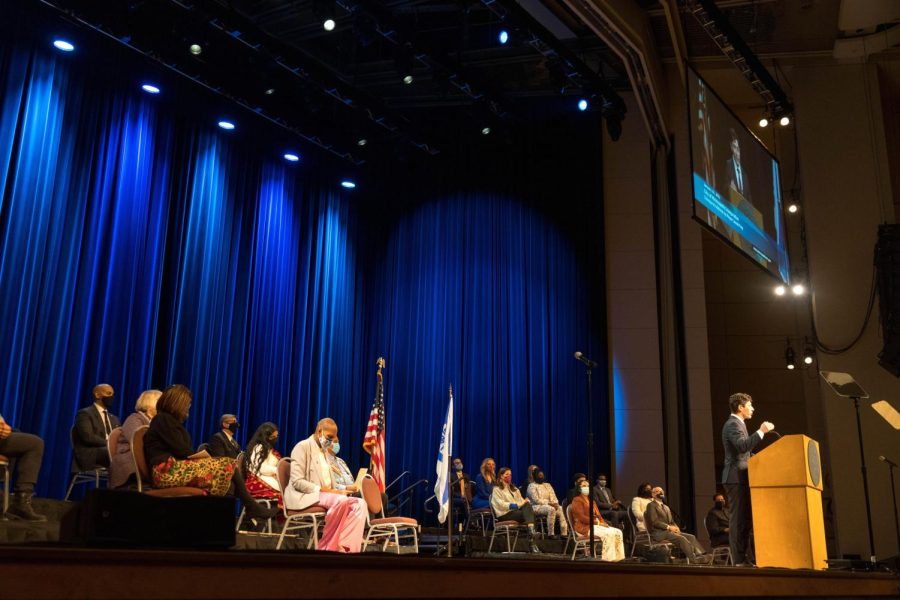Before the COVID-19 pandemic, the number of undergraduate international first-year students at the University of Minnesota was on the rise, with overall international student enrollment remaining steady.
Between 2018 and 2019, the number of first-year international students at the University increased by about 52 percent, according to data from International Student & Scholar Services (ISSS).
“We were kind of on an upswing in fall 2019 and then COVID happened,” said Aimee Thostenson, director of international student recruitment.
In line with national trends, the University experienced a sharp decline in international students seeking education on campus, according to Thostenson and Barbara Kappler, the director and assistant dean of ISSS.
ISSS is working on releasing another report with data from 2020-2021 that will reflect the effects of the pandemic on international enrollment trends.
“The national experience this fall of 2020 was a decrease for a significant number of reasons including the pandemic pausing the services of embassies and consulates, travel restrictions, expensive flights and more,” Kappler said.
Before COVID-19, ISSS recruited international students through in-person fairs and by visiting various continents and talking to prospective international students about studying at the University. This school year, the University has had to adapt its overseas recruitment strategies by going fully remote.
“Going all virtual was a big change, but otherwise the information we share remains the same, but it’s just the method of delivery that’s different,” Thostenson said.
The international law school program and master’s of law admissions have also had to make changes to promote their programs abroad.
“Members of our small International Programs team typically travel overseas several times each year to make connections with prospective LLM students, but that has not been possible over the past year,” said Kara Galvin, director of International and Graduate Programs, in an email.
Robin Ingli, director of admissions of the JD program at the Law School, said after the pandemic hit, in the fall of 2020, international student enrollment at the law school decreased from 8% to 4%.
By going fully remote, Ingli said the law school admissions office was able to reach more people, including students in other countries.
Thostenson said public distrust in the U.S. government’s response to the COVID-19 pandemic as well as the anti-immigrant rhetoric under the Trump administration has contributed to the decline in international student enrollment.
But with a new administration, Thostenson said she is optimistic about the vaccine rollout process.
Kappler said despite the consequences of the pandemic, international students have persisted and have come to the University.
“Students are still arriving in the United States even though the restrictions and the difficulties are keeping the majority of students from being able to travel,” Kappler said. “I want to give credit to those students who have made that journey to continue their studies.”


















